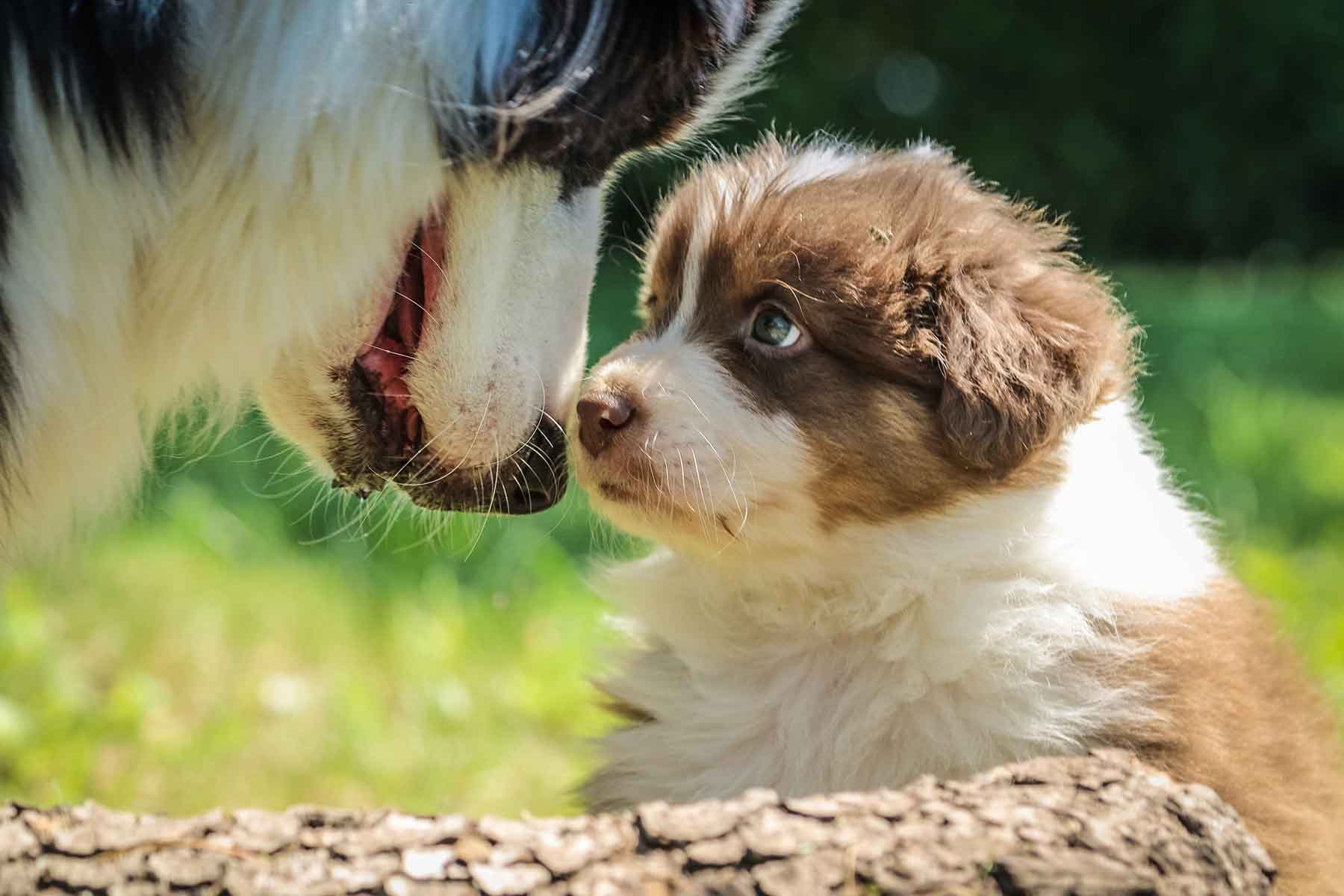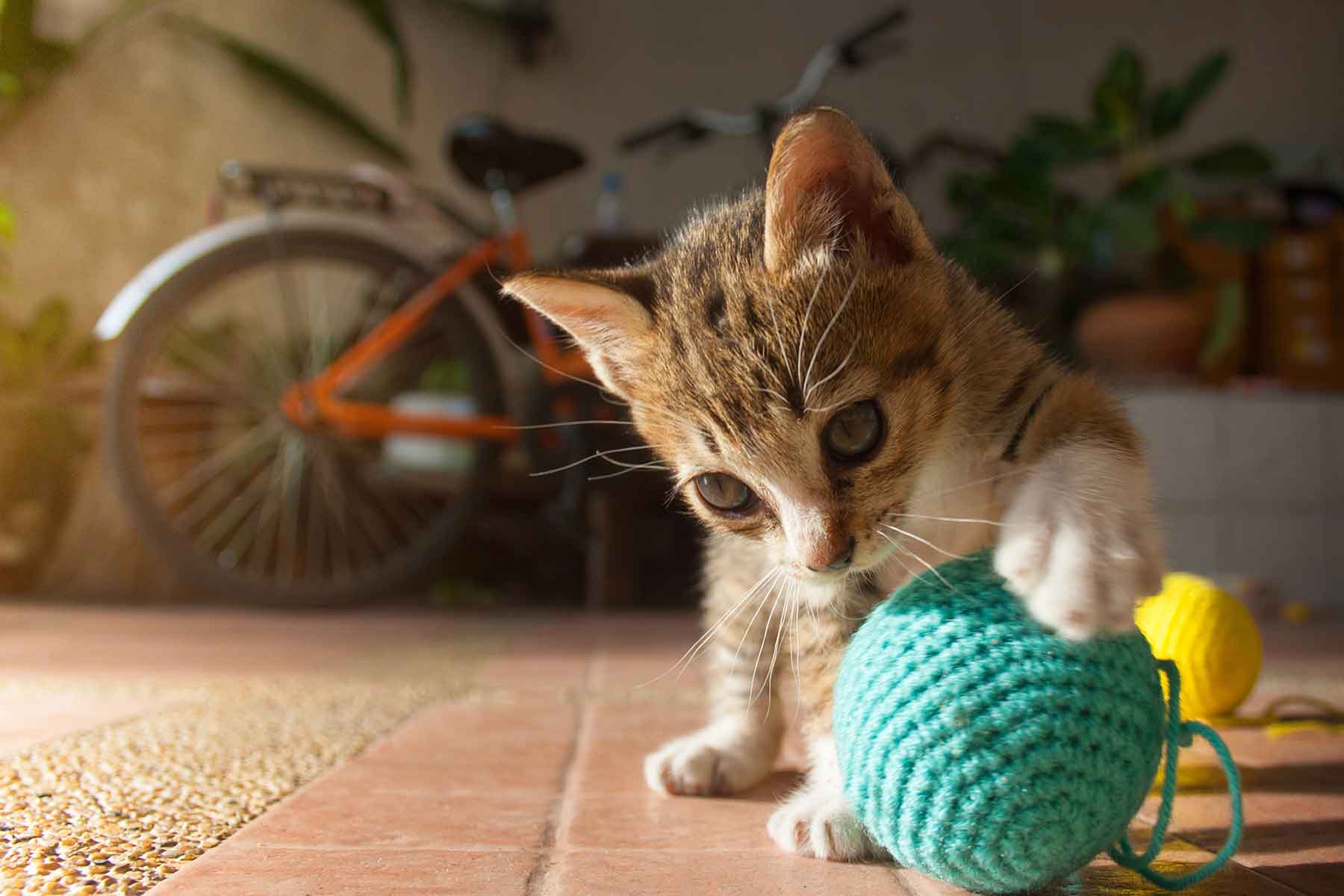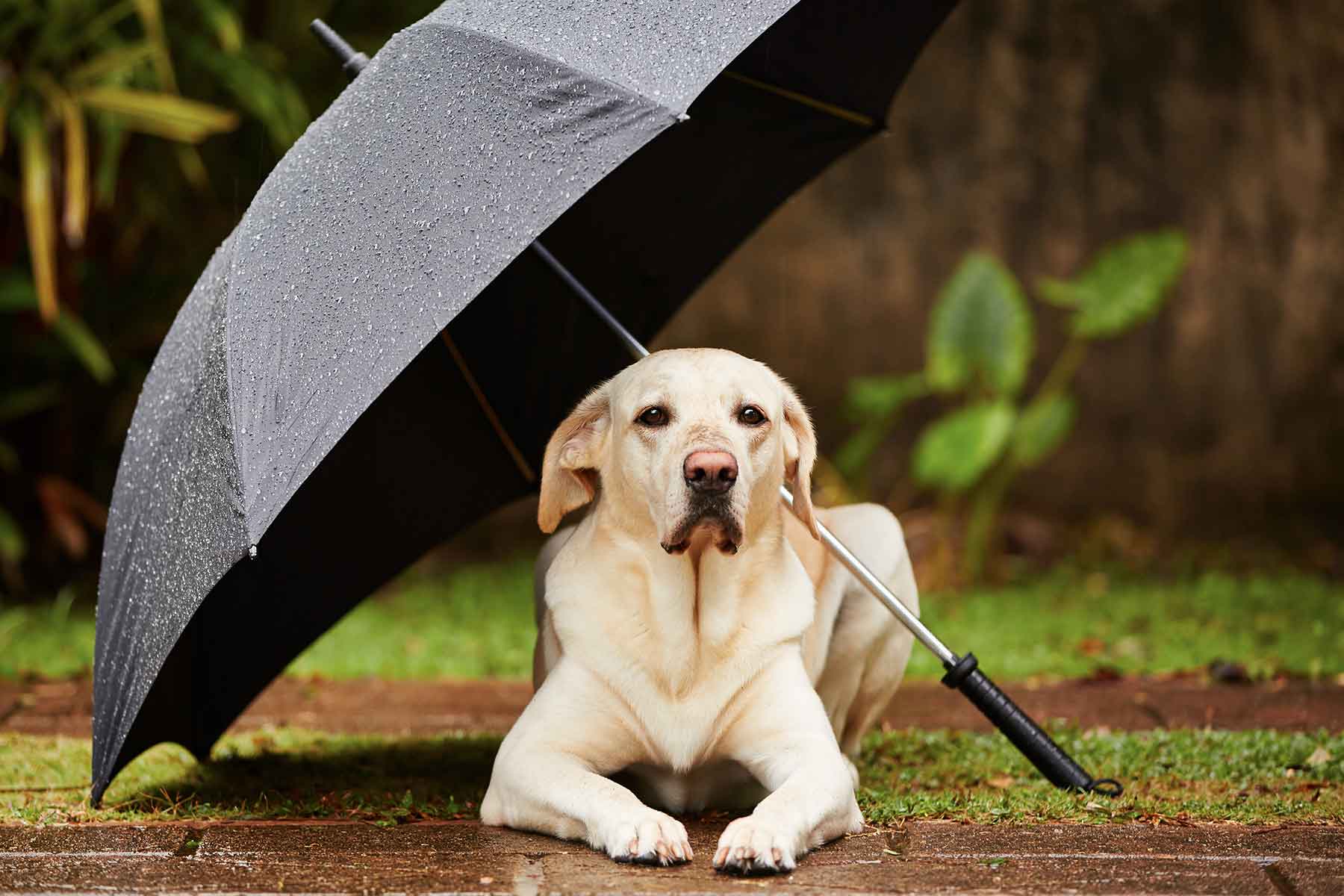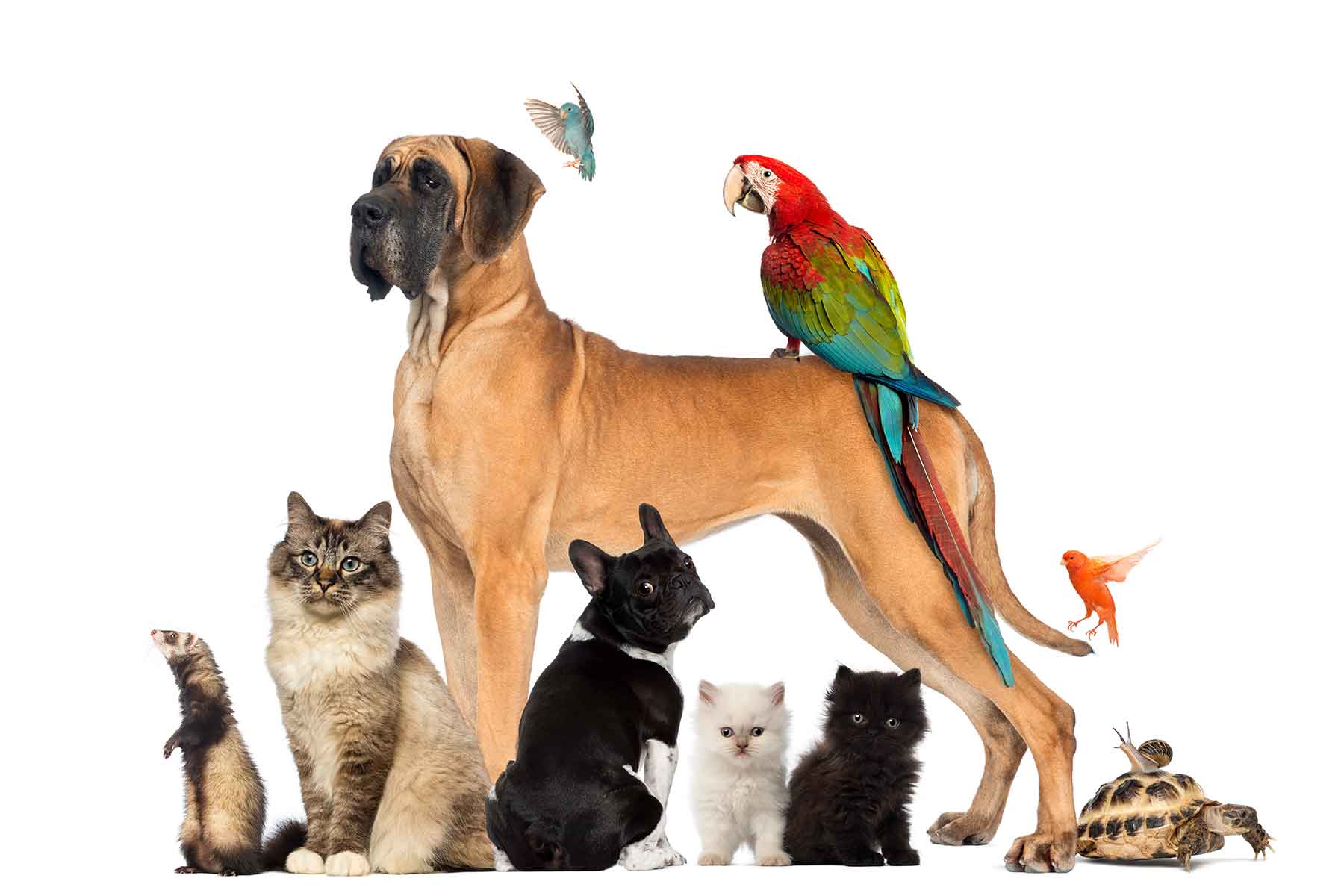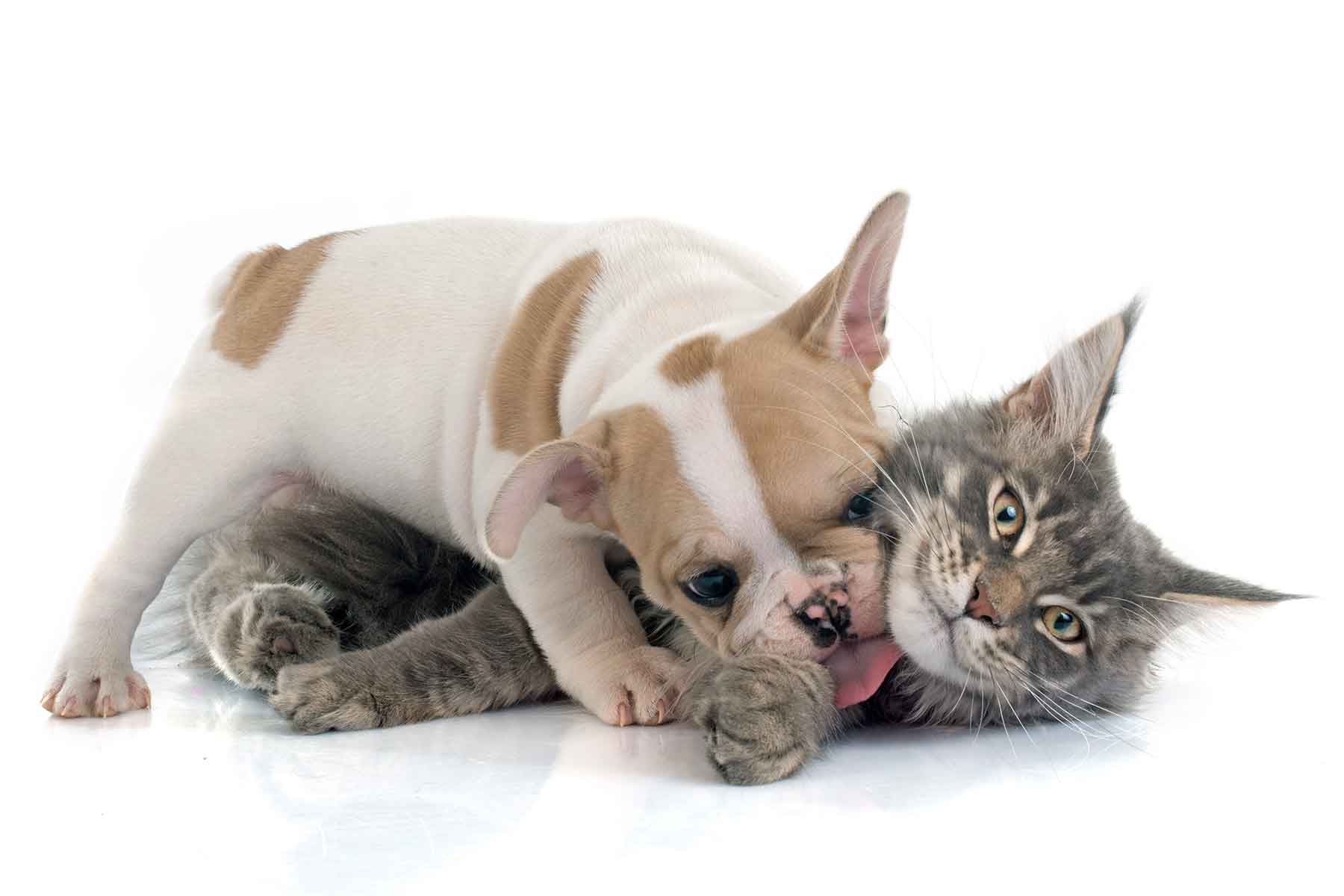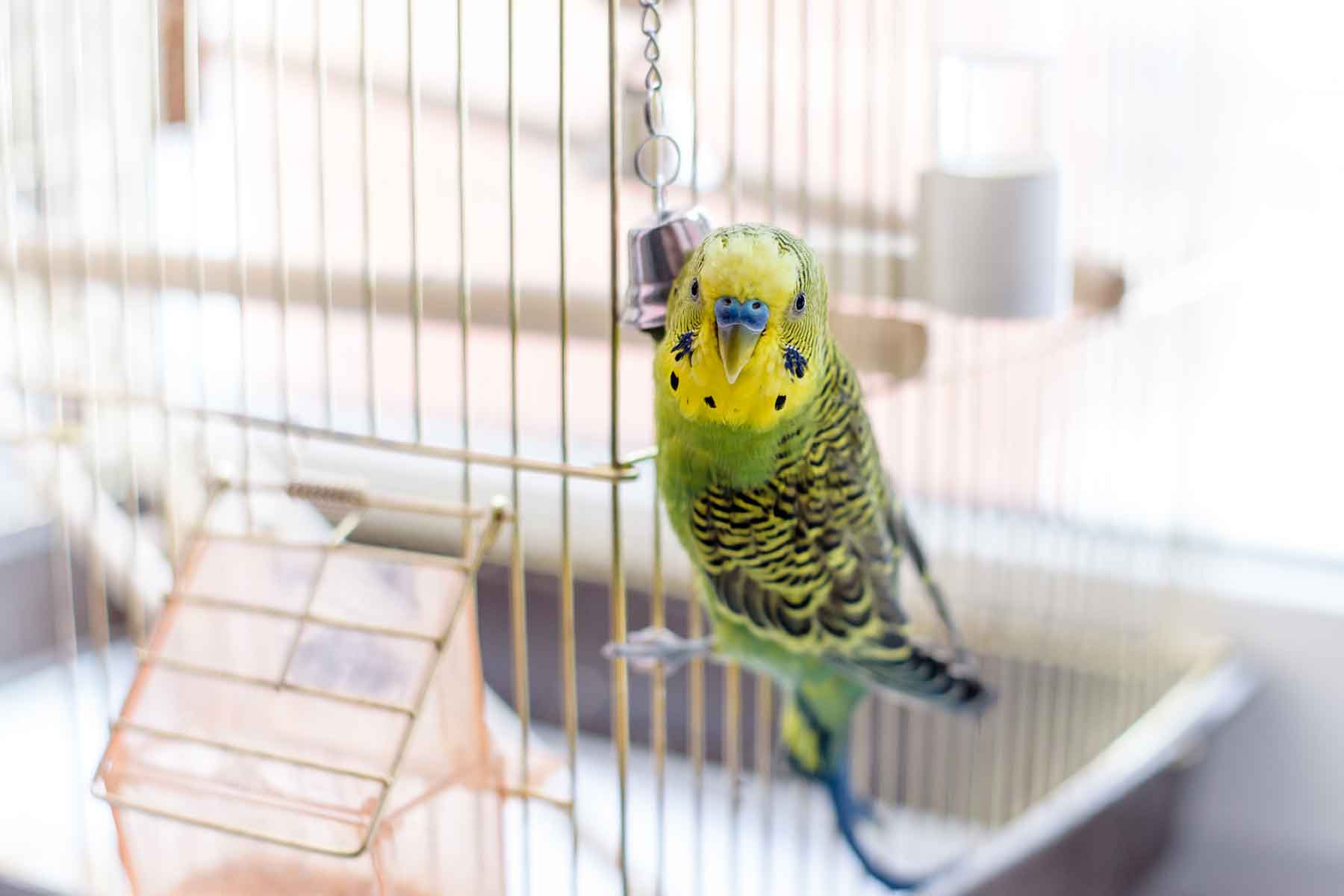As the weather starts to warm up a cat’s water requirements naturally increase. However, cats are very adept at masking signs of illness and often it is only very subtle changes in their behaviour (eg. increased drinking) that are early indicators of serious diseases. This can make it quite difficult to tell whether your cat is drinking more due to the time of year, or an indication of an underlying problem (eg. diabetes).
How much water should my cat drink?
A cat should drink on average 60mls/kg per day of water. That means a 4kg cat should be drinking approximately 240mls a day (about one cup) to ensure their body functions properly.
However, when determining the volume of drinking water required under normal circumstances, we need to take into consideration your cat’s diet. Wet or canned food contains about 80% water where as dry food contains about 10%. A 4kg cat solely eating canned food may only need to drink about 30ml of water per day where as the same cat eating only dry food would need to drink more than 200ml of water per day.
If you are unsure, your veterinary health care team would be happy to provide advice on how much your cat should be drinking, taking into consideration their diet.
When should I be concerned?
It is often difficult to measure accurately exactly how much your cat has been drinking, especially if there are multiple cats or other animals in the household. Other signs that can indicate an underlying disease process include the following.
Changes in drinking behaviour:
- Repeated trips to the water bowl
- Drinking from unusual locations (eg. fish pond or shower). Please note – this is quite normal for some cats so doesn’t necessarily indicate disease.
Other signs of being unwell:
- Increase in urination frequency (eg. full kitty litter or accidents in the house overnight)
- Change in appetite (either increased or decreased)
- Sleeping more than normal or in unusual places
- Change in general demeanour (eg hyperactive or meowing incessantly)
- Vomiting and/ or diarrhoea
When to call the vet and what to expect from a visit?
If you suspect your cat’s water intake has increased or are unsure, a thorough check over by your veterinarian is highly recommended as the sooner a disease is identified, the better the prognosis. Your vet will most likely also recommend some pathology tests requiring a blood and/ or urine sample to help determine the cause of the polydipsia (increased drinking).
A general blood profile can provide information on kidney and liver enzymes, glucose levels and also assess the health of the red and white blood cells. Further blood tests can be run, when indicated, to assess thyroid hormone levels.
A great deal of information can also be obtained from a urine sample from your cat – including the presence of glucose, blood, protein and the concentration of the urine sample. You may be requested to collect a sample from home – not an easy task but achievable if your cat uses a litter tray.
How to collect a urine sample from your cat at home
- Empty your cat’s litter tray of litter
- Clean it with soap and water (no chemicals as they may effect the urine testing)
- Place some non-absorbable litter material such as Catrine crystals or a plastic bag cut up into strips into the clean kitty litter tray
- When your cat urinates, place the urine in a clean glass jar or a urine collection container (you can pick one up from your vet clinic)
- If possible, get the urine sample to the clinic within 1 hour from collection or place it in the fridge and get it to the clinic within 12 hours.
What are the potential problems of a thirsty cat?
The four most common problems diagnosed in association with an increase in water intake are:
- Chronic kidney disease
- Diabetes mellitus
- Hyperthyroidism
- Urinary tract disease
All of these diseases are serious, but early detection and treatment improve the outcome dramatically.
How can I get my cat to drink more?
Cats are very fussy about things in general and water is no exception. Male cats especially benefit from drinking sufficient water to help prevent urinary tract disease. Older cats are less inclined to drink water and are subsequently more likely to become dehydrated. They are also likely to have underlying diseases processes requiring a greater fluid intake. Accordingly, you should encourage your cat to drink sufficient water all year round to help prevent disease (and especially in summer).
Some suggestions to increase your cat’s water intake:
- Cats like fresh water the same as we do and prefer water changed daily.
- Purchasing a pet water fountain can provide constant fresh water and some mental stimulation for your feline friend.
- Plastic bowls can make water taste funny to cats and often swapping to a glass, ceramic or stainless steel bowl can make it more attractive.
- Changing their diet to include some wet food (contact your veterinarian first to determine the most appropriate food for your cat).
- In the warmer months, ice cubes help to both cool the water and provide a source of entertainment.
A thirsty cat could be an unwell cat, so it is vitally important that you contact your veterinary health care team to discuss any concerns that you have.

